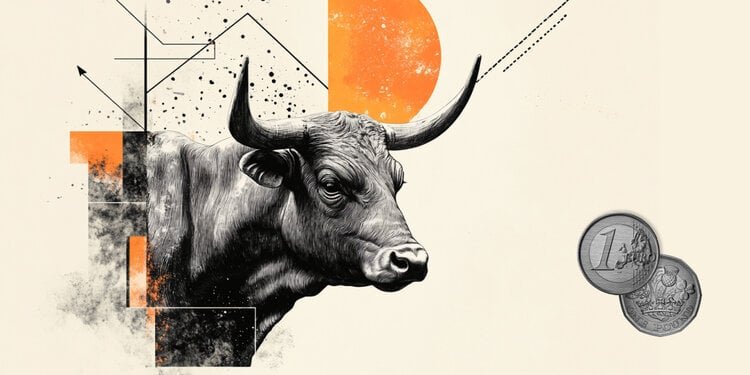- EUR/GBP appreciates as the Euro finds support amid renewed optimism over potential US-China trade negotiations.
- US Treasury Secretary Bessent admitted that the existing US-China tariffs are unsustainable and must be lowered for meaningful negotiations.
- China prepares to lift sanctions on several MEPs, aiming to revive the stalled EU–China Comprehensive Agreement on Investment.
EUR/GBP edges higher after two consecutive sessions of losses, trading near 0.8560 during early European hours on Thursday. The currency cross gains traction as the Euro (EUR) finds support amid renewed optimism over potential US-China trade negotiations. According to The Wall Street Journal, the White House is considering slashing tariffs on Chinese imports by up to 50% to create space for dialogue.
US Treasury Secretary Scott Bessent acknowledged that the current tariff levels—145% on Chinese goods and 125% on US goods—are unsustainable and need to be reduced to enable serious talks. However, Bessent emphasized that US President Donald Trump will not act unilaterally. Meanwhile, National Economic Council Director Kevin Hassett warned that a comprehensive trade deal could take as long as two to three years to materialize.
President Trump reinforced that tariff revisions hinge on China’s willingness to engage in talks. “If we don’t reach a deal, we’re simply setting the price—then it’s up to them to decide if they want to proceed,” he stated, underlining that the 145% tariff rate remains in effect due to limited trade with China.
In parallel, China is reportedly preparing to lift sanctions on several Members of the European Parliament (MEPs) as a gesture of goodwill, aiming to revive the stalled EU–China Comprehensive Agreement on Investment (CAI). A spokesperson for European Parliament President Roberta Metsola confirmed that discussions with Chinese counterparts are nearing conclusion and that she will update parliamentary group leaders once a formal decision is announced.
The British Pound (GBP) may face headwinds due to rising expectations of a Bank of England (BoE) rate cut. Markets are currently pricing in an 82% probability of a rate reduction at the BoE’s May meeting, driven in part by the broader impact of Trump’s shifting trade policy on the global economy, according to LSEG data.
Tariffs FAQs
Tariffs are customs duties levied on certain merchandise imports or a category of products. Tariffs are designed to help local producers and manufacturers be more competitive in the market by providing a price advantage over similar goods that can be imported. Tariffs are widely used as tools of protectionism, along with trade barriers and import quotas.
Although tariffs and taxes both generate government revenue to fund public goods and services, they have several distinctions. Tariffs are prepaid at the port of entry, while taxes are paid at the time of purchase. Taxes are imposed on individual taxpayers and businesses, while tariffs are paid by importers.
There are two schools of thought among economists regarding the usage of tariffs. While some argue that tariffs are necessary to protect domestic industries and address trade imbalances, others see them as a harmful tool that could potentially drive prices higher over the long term and lead to a damaging trade war by encouraging tit-for-tat tariffs.
During the run-up to the presidential election in November 2024, Donald Trump made it clear that he intends to use tariffs to support the US economy and American producers. In 2024, Mexico, China and Canada accounted for 42% of total US imports. In this period, Mexico stood out as the top exporter with $466.6 billion, according to the US Census Bureau. Hence, Trump wants to focus on these three nations when imposing tariffs. He also plans to use the revenue generated through tariffs to lower personal income taxes.

